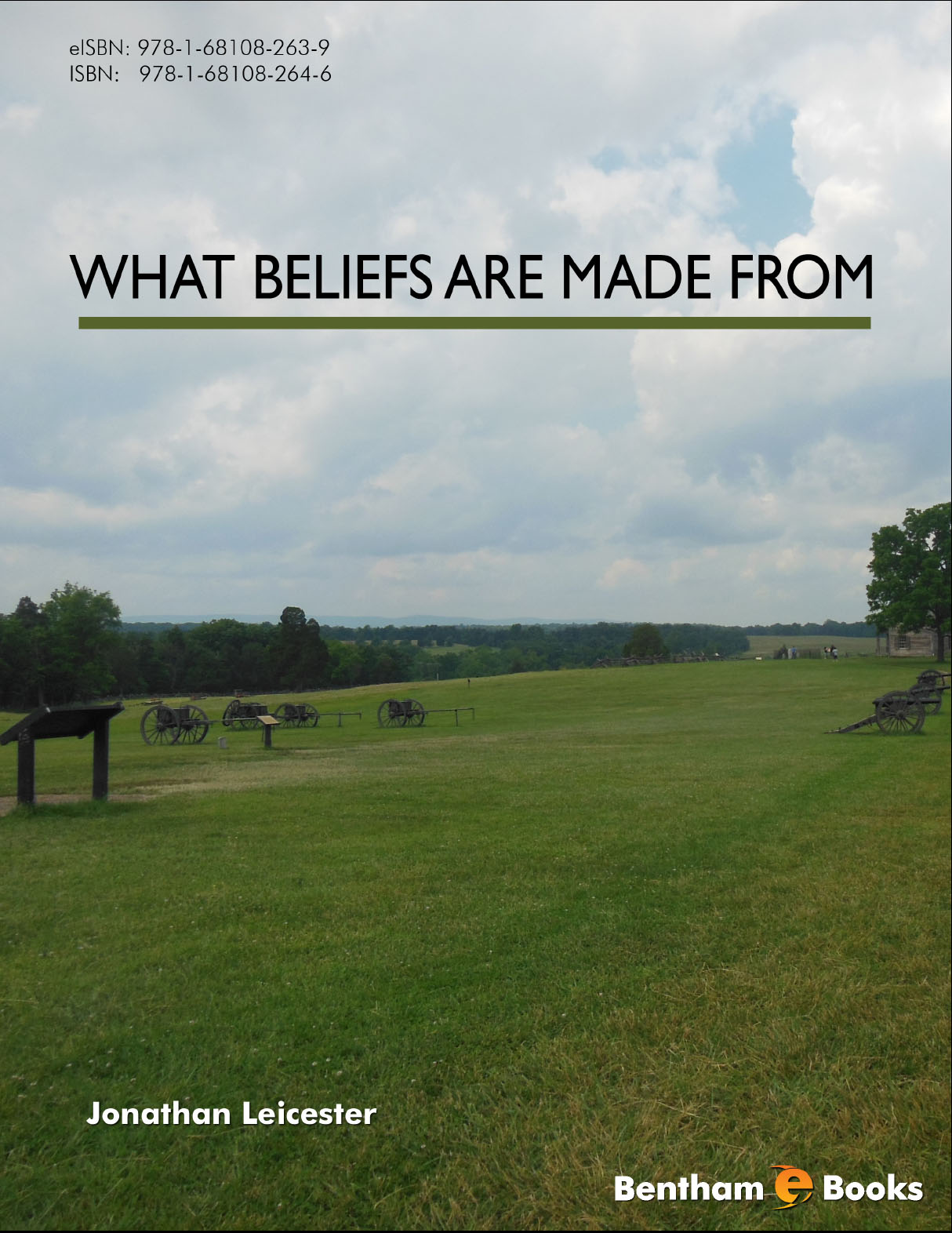Introduction
What Beliefs Are Made From explores the nature and purpose of belief. The book describes several strange beliefs that have been shared by many members of whole communities. The intellectualistic, dispositional, feeling and eliminativist theories of belief are then examined critically. This is followed by a review of factors that can influence people in their beliefs. These include faulty use of evidence, unconscious reasoning biases, inability to withhold judgement, wishful thinking, prior beliefs, shared beliefs, personal experience, testimony, judgements about the source of testimony, personality, in-group psychology, emotions and feelings, language, symbolism, non-verbal communication, repetition, propaganda, mysticism, rumour, conspiracy theories, and illness. The book also covers beliefs of children and belief during dreaming. The regulation of inquiry by belief and disbelief is described.
What Beliefs Are Made From is a useful reference for general readers interested in the philosophy of the mind, and the psychology of belief.

